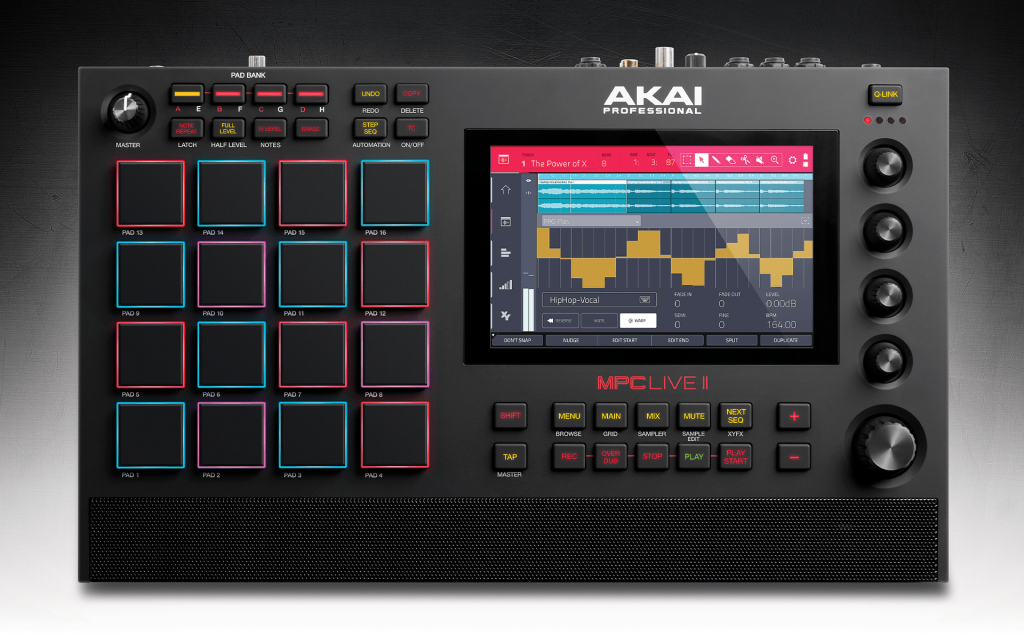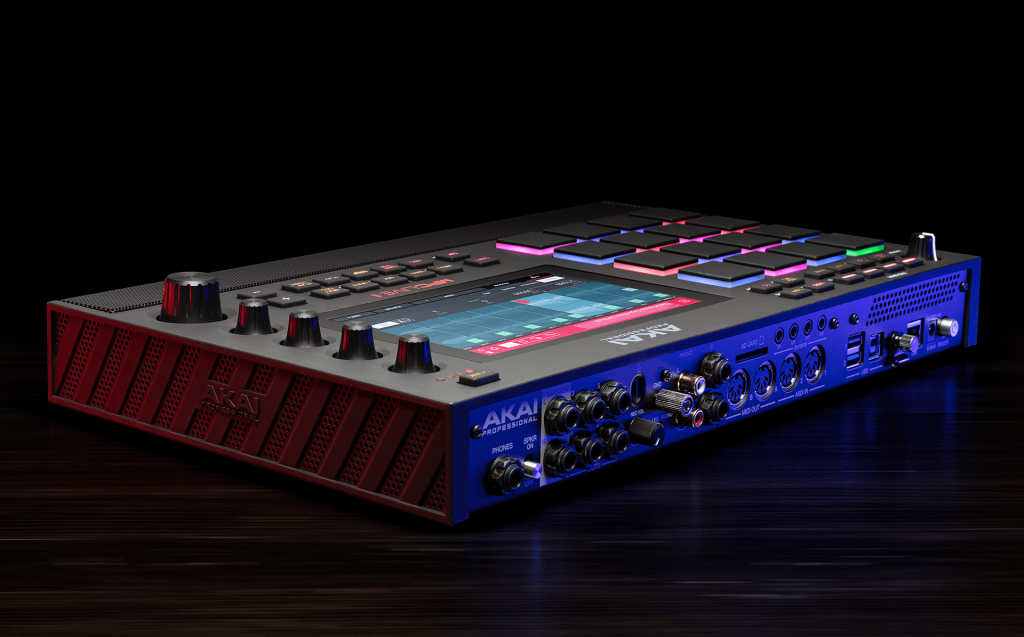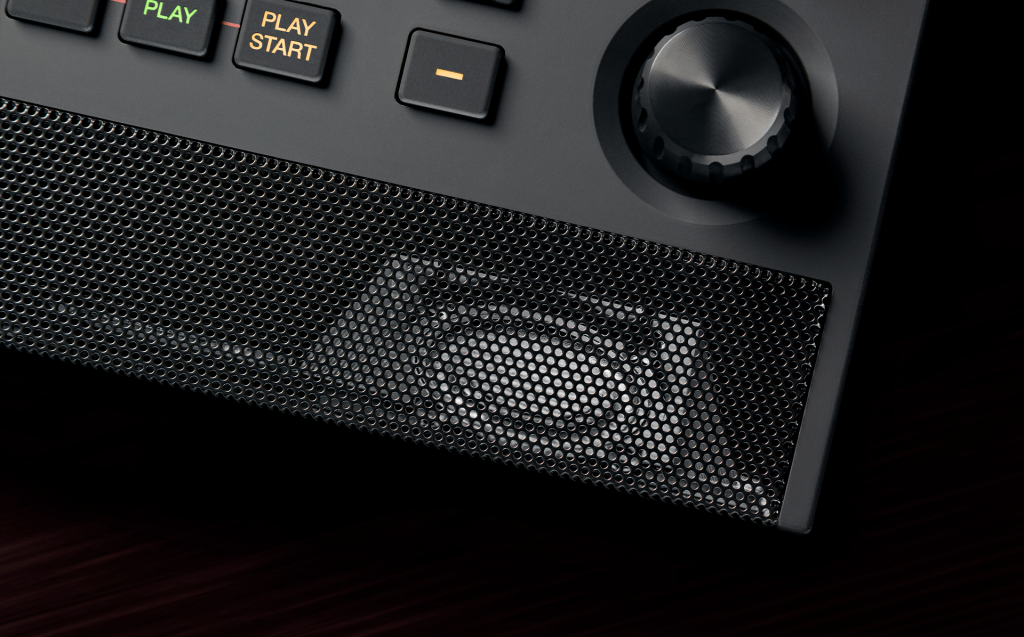Akai’s recent 2.8 software offers some powerful new features – and a revised MPC Live II could be a sweet spot in hardware, with expanded connectivity and built-in speakers. And finally, you get MIDI multi capability, like on the classic MPCs. Here’s the rundown.

The demands for a digital drum machine/production workstation are now pretty rigorous, largely because we’ve been spoiled by computers. Akai’s approach uniquely does everything software would when connected to your PC/Mac, then acts effectively as a standalone PC when it’s on its own.
Elektron, now with its updated Overbridge, has its own take on this – basically, make the plug-in and drivers a window to dedicated hardware. But it’s hard to compare Elektron machines’ workflows to the current generation of Akai – which is why users have been loyal to each, after all.
Maturity and longevity matter. Meeting user functionality demand is really complex. It takes a mature product development process and a cycle of updates. Certainly, you couldn’t just post a picture and claim that counted as legitimate product news. (I mean, that’d be funny slash weird if someone tried to do that, right?)
So here, Akai’s investment of time looks to be paying off. Akai are delivering both a deep new generation of software (MPC 2.8) and a hardware revision that packs more connectivity and speakers into their mid-range MPC Live. And they now have a significant lead – especially since Native Instruments seems not to be entering standalone hardware.
It all looks promising – and making the MPC a hub, with complete connectivity and (finally!) multi-timbral mode again makes loads of sense. My lingering concern is the power of that system – particularly as computer platforms add cheaper and cheaper multi-core power and expectations of embedded systems rise.
Here’s a look at the functionality here:

Updated hardware
Now in MPC Live II:
Built-in “studio-quality” monitors. Akai tells us these things “pump volume and bass” – that these are Alto Professional-inspired studio monitors crammed in that case. As someone brought up in the boombox generation, that sounds a good idea to me. Don’t worry, you can also still switch them off if you want to use your studio monitors in your actual studio. [Edit: Okay, reading some skepticism from comments here and on social media – suffice to say, speakers this small in this kind of enclosure run into physics. Akai says they did work with the Aalto team on engineering the speakers. Obviously I would presume our expectations would still be tempered by them being small. I’ve asked for specs on them.]

CV connectivity. Up to eight CV/gate outputs let you interconnect this with analog gear or a modular system. As I said earlier this week regarding the Moog Subharmonicon, there’s now so much desktop gear with analog I/O that this might not even mean Eurorack. It’s great to see, regardless – especially since you’ve got MIDI, too.
More dedicated control surface controls plus main volume now on the top.
Ethernet port. Okay, now I definitely am running out of ideas for what sort of connectivity you could even have. (Uh… DIN sync. No, seriously, this will suffice.)
Large headphone jack.
And there’s also Ableton Live integration. That’s actually three different things:
- Ableton Live control (so if you do switch to doing some production in Live, you don’t have to shove the MPC to the side)
- Ableton Link sync (via WiFi and now Ethernet, too)
- ALS project export (so the MPC can be a sketchpad for finishing in Live, etc., or easily using Live for final arrangement / mixing / mastering)
Ableton Link of course is useful not just for Live, but iOS apps, Reason, VCV Rack rigs – whatever, really.
MPC Live II is running a street price of around US$1200. Of course, if you don’t need the CV outs and the built-in speakers, now may be a time to get a bargain on the original MPC Live – the same horsepower is inside. (I really covet those speakers, though. Hey, we have to do something to party outdoors at a distance of 2 meters.)

MPC 2.8 software
The software powering this and other MPC standalone hardware and controllers has also gotten a major update, with this month’s 2.8 release.
MIDI Multi does something that a lot of you loved from the old MPC – lets you integrate all your studio gear into one multi-timbral instrument. (And yeah, there was a thread about this on Akai’s forums – thanks to readers who also wrote us about this.)
That also includes class-compliant USB gear and USB to CV modules, making the MPCs now one heckuva hub.
There are also a number of workflow enhancements:
- Route MIDI from one track to another
- Export chord progressions (yeah, you know you want to use your own harmonies!)
- Notes Mode is enhanced, available right from the main workflow (so less jumping between modes)
- Workflow enhancements – copy pads between programs, edit MIDI maps, change tracks from MPC mode, quicker access to quantize on/off and automation, and more
- Arpeggiator radio access to rhythmic subdivisions (yeah, that’s necessary)
The new software/firmware was announced on May 5, but you can download it today.
MPC Software 2:
https://www.akaipro.com/mpc-software-2
Check the full hardware range from Akai (standalone and controller):
https://www.akaipro.com/products/mpc-series
Finally, here’s loopop with a take on all of this: